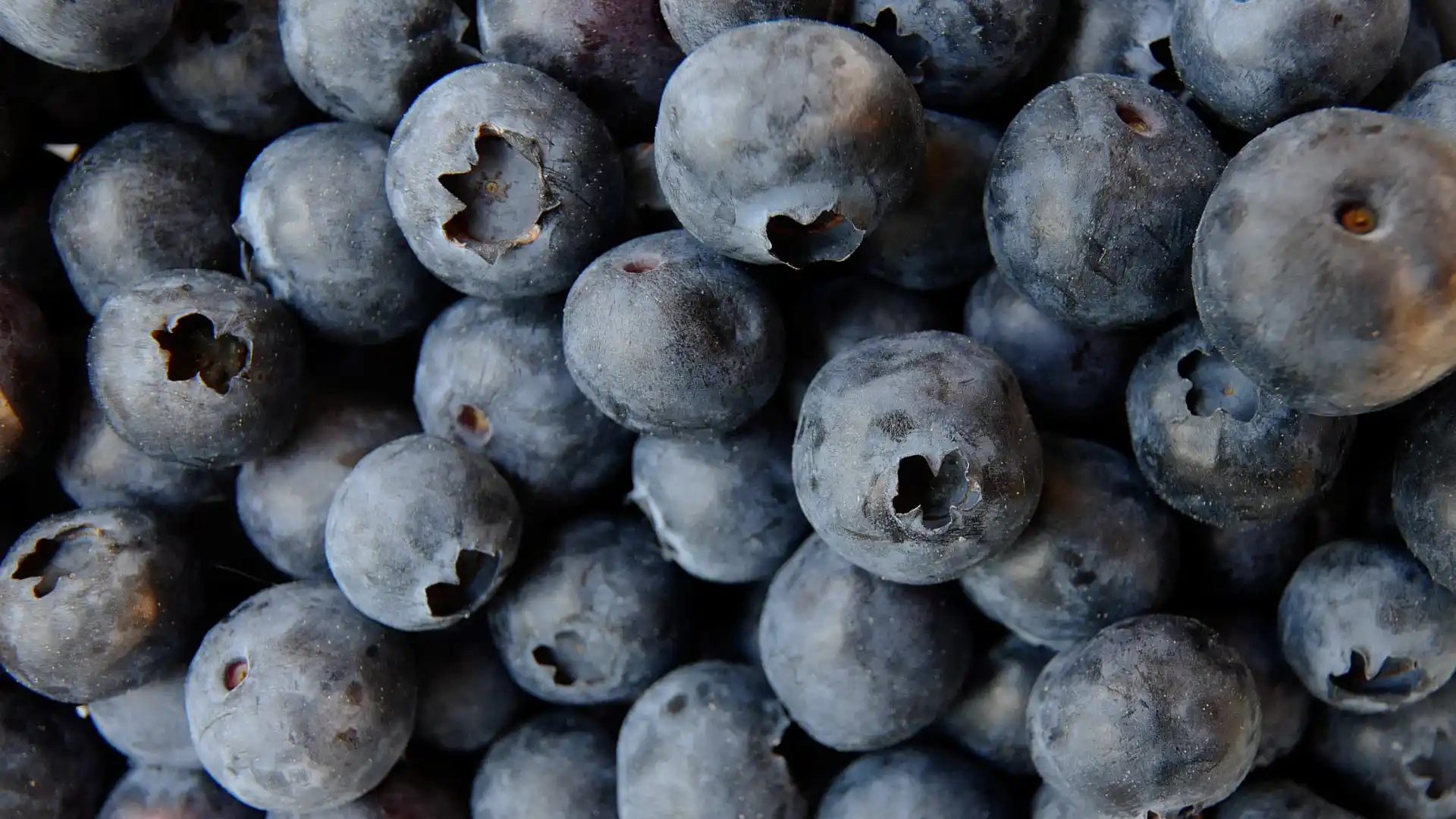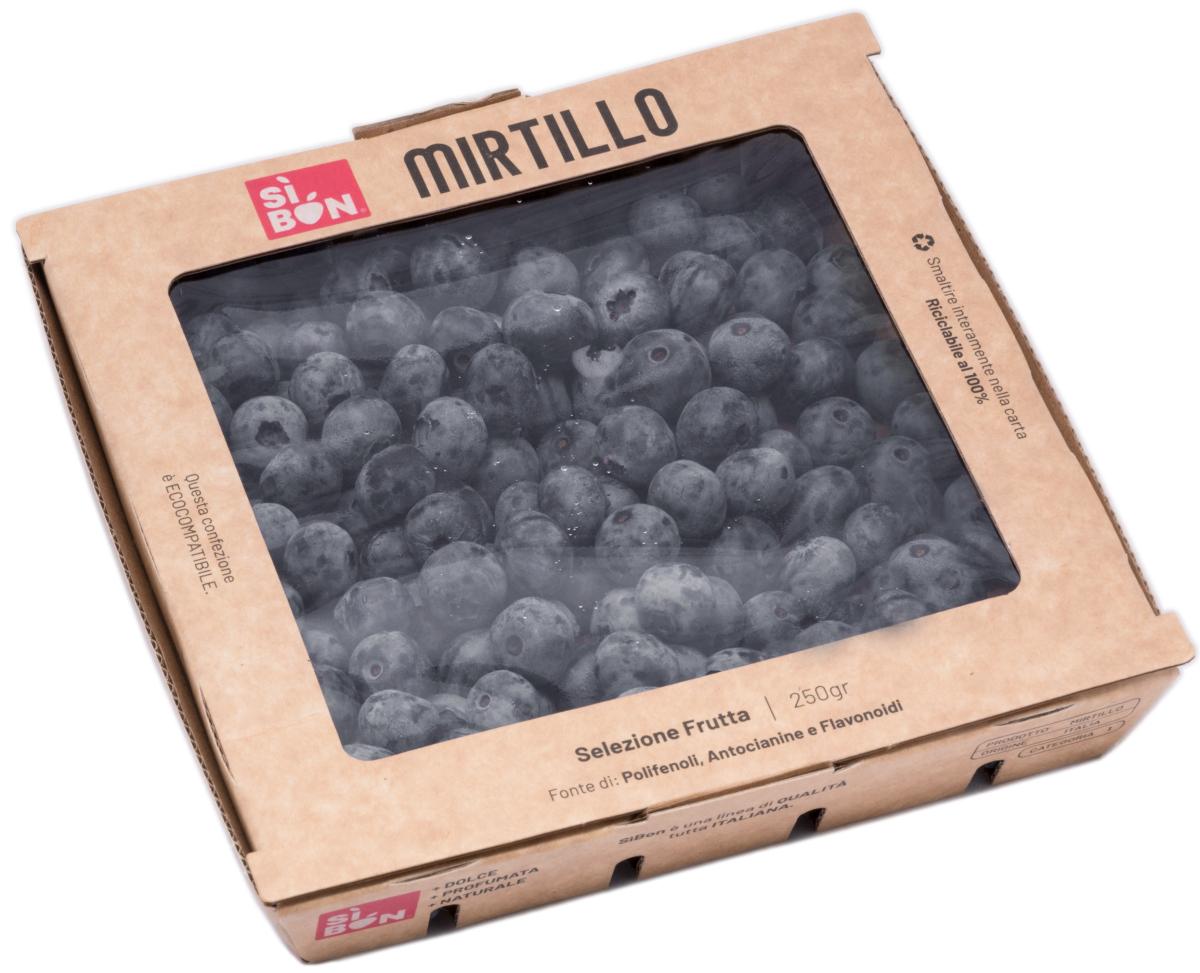Saskatoon berries (Amelanchier alnifolia) look a lot like blueberries, although they are more closely related to the apple family. Many describe the taste of saskatoon as sweet and almondy. They are also rich in fibre, protein and antioxidants. The berries ripen in late June or early July. They are also available all year round when frozen. They grow in many conditions, from sea level to mountain tops, and are less demanding of soil conditions than blueberries.
Like their cousins apples, saskatoons continue to ripen after harvest. Fully ripe berries are sweeter and have a fuller fruit flavour, but are softer and more easily damaged. Saskatoon bushes are a deciduous shrub or small tree that can grow up to 16 feet tall.

The mature bushes display white flowers every spring. Saskatoons are native to North America and grow wild from Alaska to Maine. In the northern lower peninsula of Michigan there are currently more than 20 commercial growers with 50 to 10,000 plants each.
NAMES
Saskatoon berries have a variety of names throughout North America, including: prairie berry, serviceberry, shadbush, juneberry and, in centuries past, pigeon berry.
The name saskatoon is said to be an anglicisation of the Cree language word misâskwatômina (Mis-sack-qua-too-mina), meaning 'the fruit of the many-branched tree'. This Cree word is also the source of the name of the town Saskatoon, Saskatchewan, which is located on the banks of the South Saskatchewan River.
These names are also used for some similar varieties of berries and also for ornamental plants. Edible varieties include: Thiessen, JB-30, Northline, Martin and Smoky.

NUTRITIONAL VALUE
Saskatoon berries appear to be anexcellent source of manganese, magnesium, iron, calcium, potassium, copper and carotene. Saskatoon berries are considered a better source of calcium than red meat, vegetables and cereals.
Recent research indicates that saskatoons have very high components of phenols, flavonols and anthocyanins. Saskatoons are rich in natural sugars, high in vitamin C and also contain more than three times as much iron and copper in the same weight as sultanas. Nutrients of saskatoon: The Journal of Food Science - Volume 47 1982 Dr. G. Mazza
Nutrientsin raw saskatoon berries (expressed as nutritive value per 100 grams and as % daily requirement value) Energy 85 kcal - Total dietary fibre 5.9 g 20% - Sugars, total 11.4 g 8% - Calcium, Ca 42 mg 4% - Magnesium, Mg 24 mg 6% - Iron, Fe 1 mg 12% - Manganese, Mn 1.4 mg 70% - Potassium, K 162 mg 3% - Sodium, Na 0.5 mg 0% - Vitamin C 3. 6 mg 4% - Vitamin A, IU 11 IU 1% - Vitamin E 1.1 mg 7% - Folate, mcg 4.6 mcg 1% - Thiamine 4% - Riboflavin 3.5 mg - Vitamin B6 2% - Pantothenic acid 0.3 mg - Phosphorus 2% - Magnesium 10% - Zinc 2% - Manganese 70% - Chloride 2% - Pyridoxine 0.03 mg 2% - Biotin 20 mcg 67%
According to Mazza G (2005) in 'Compositional and functional properties of saskatoon berries and blueberries. Int. J. Fruit Sci. 5 (3):99-118 with some additions', the deep purple colour of saskatoon berries is due to the presence of pigments called anthocyanins. Anthocyanins (from two Greek words meaning 'plant' and 'blue') are part of a large and widespread group of plant constituents known as flavonoids.
Flavonoid compounds have been attributed to provide health benefits against chronic diseases including cancer, heart disease and macular degeneration. The deep colour of saskatoon berries suggests that this fruit should contain high levels of anthocyanins and antioxidant activity similar to blueberries.
According to Amie Hydamaska (Department of Food Science, Faculty of Agricultural and Food Sciences, University of Manitoba - Winnipeg, MB, Canada - R3T 2N2) quercetin, cyanidin, delphinidin, pelargonidin, petunidin, peonidin and malvidin were polyphenols present in saskatoon berries. For the saskatoon phenols in particular, inhibition of cyclo-oxygenase enzymes involved in inflammation and pain mechanisms was demonstrated in vitro.
The following table compares the nutritional benefits of saskatoons compared to some other common berries.

NUTRACEUTICAL INFORMATION
Antioxidant-rich fruits are said to have anti-cancer, anti-ageing and anti-heart disease effects on the human body, reducing cardiovascular and inflammatory diseases, and acting as a protective guard for our immune system.
The ORAC value (oxygen radical absorbance capacity) is one of the methods used to measure the total antioxidant activity in fruit. In the tables below, the ORAC values show that saskatoon berries are naturally rich in antioxidants and rank higher in both fresh fruit and fruit pulp than other common fruits.
Research evidence shows that antioxidants found in fruits and vegetables can help reduce the risk of cancer. Ozga, J. A., Saeed, A. and Reinecke, D. M. (2006). Anthocyanins and nutritional components of saskatoon (Amelanchier alnifolia Nutt.) fruits. Can. J. Plant Sci. 86: 193-197. and U. Nothlings, S.P. Murphy, L.R. Wilkens, B.E. Henderson and L.N. Kolonel. Flavonols and pancreatic cancer risk - the multiethnic cohort study. American Journal of Epidemiology; V 166.8: 924-931
Studies have also shown that there are potential anticarcinogenic activities of anthocyanins in fruit and fruit products, and anthocyanins may possess multifaceted actions including anti-oxidation and anti-carcinogenesis, and may have inhibitory effects on colon carcinogenesis. C. Hu, B.H.L. Kwok, D.D Kitts. (2005). Saskatoon berries (Amelanchier alnifolia Nutt.) scavenge free radicals and inhibit intracellular oxidation. Food Research international 38: 1079-1085.
Anthocyanins, antioxidant pigments in fruit and vegetables, have 'significant potency' against fat cells and could be used to prevent weight gain, suggests a new study from Japan. Journal of Agricultural and Food Chemistry Volume 56, Number 3, pages 642-646.
USES
Saskatoons are delicious eaten fresh from the bush. Historically, they were used in pemmican (a Native American food preparation of venison and bison) and as a medicine for a variety of ailments.
Today, saskatoons are commonly used in cakes, pies, muffins, bread, coffee cake, jams, compotes, sauces, salad dressings, trail mix and other snacks. They can also be used in wine, cider and a variety of spirits. Saskatoons can be eaten fresh or stored in frozen, dried or canned form.
Source: Saskatoon Berry Institute of North America










